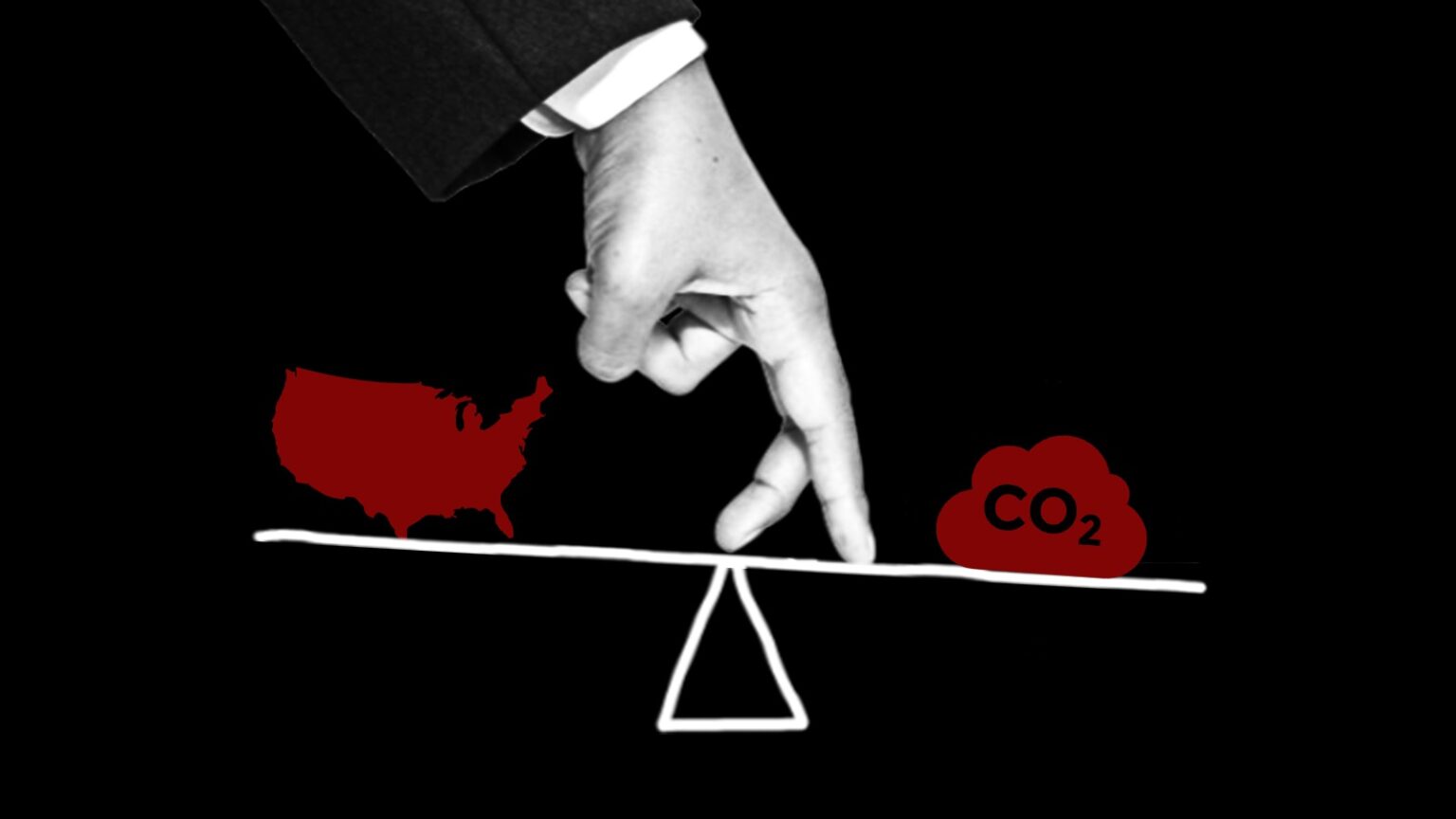It’s no secret: to address human-induced climate change, the U.S. and other nations must rapidly and comprehensively reduce carbon emissions. The Biden administration has set the ambitious target of achieving ‘net zero’ carbon emissions by 2050, aiming to significantly curtail most fossil fuel consumption by that time.
According to a recent report from the National Academies of Science, Engineering, and Medicine (NASEM), significant climate-focused legislation, such as the Inflation Reduction Act passed in 2021 and 2022, has established a solid theoretical framework for the nation to progress toward meeting this goal. However, the report cautions that these efforts are still in their early stages and face vulnerabilities.
The report, authored by two dozen experts in various fields, provides recommendations for translating the theoretical pathway to address climate change into concrete actions. Among the key priorities is a focused initiative to ensure that the energy transition benefits those most impacted by climate change, addressing historical injustices. The authors emphasize the need to rectify the ongoing consequences of policies like redlining, which have left black and brown communities with fewer trees and higher temperatures. The report underscores the significance of considering energy justice and equity, marking a notable focus by the National Academy of Sciences.
This report is the second part of a series, with the initial installment released in 2021 outlining a comprehensive set of policies to significantly reduce the country’s fossil fuel emissions. Many of these recommendations have become central components of major climate-focused legislation, such as the Inflation Reduction Act in 2022 and the Bipartisan Infrastructure Law in 2021. When combined, recent climate policy initiatives have the potential to achieve an up to 80% reduction in America’s emissions by 2030 if fully implemented, according to various independent analyses.
Stephen Pacala, the lead author of the report and an ecologist at Princeton University, acknowledges that many recommendations from the first report were incorporated into significant legislation. He highlights that the second report responds to these comprehensive pieces of legislation and aims to provide guidance on turning theoretical pathways into tangible actions to address climate change.
Equity doesn’t come last
Putting equity at the forefront of climate policy is not only an ethical consideration but also a practical necessity, according to Patricia Romero-Lankao, an energy sociologist and one of the report’s authors.
The report emphasizes that while many technological solutions exist for transitioning away from fossil fuels, social, political, and institutional factors play crucial roles in the transition. Romero-Lankao highlights that the transition involves not only technical aspects but also social and political dimensions.
The decreasing costs of renewable energy have contributed to the transition, with significant reductions in the costs of utility-scale solar projects and lithium-ion batteries for electric vehicles. However, community preferences and acceptance of technologies, such as solar farms or electric car charging stations, influence the pace of adoption.
Romero-Lankao emphasizes the importance of engaging with communities and addressing their concerns, noting that collaboration is essential to prevent pushback that could slow down or halt projects. The Justice40 Initiative, which directs 40% of investments from major climate policies toward historically disadvantaged communities, is mentioned in the report as a positive step. The report recommends codifying this initiative into law to ensure its long-term integration into decision-making processes.
Christopher Tessum, an air pollution expert at the University of Illinois at Urbana-Champaign, emphasizes the urgency of the technological transition away from fossil fuels, describing it as a major undertaking that needs to occur faster than previous transitions. He notes that past transitions have not been equitable, with clear winners and losers. Tessum stresses the importance of ensuring equity in the current transition to secure buy-in from everyone for its success.
More work needs to be done
The report identifies a significant gap in the current policy landscape, emphasizing the lack of a comprehensive, centralized clearinghouse or agreed-upon methodology to track the successes and failures of new climate policy.
This absence poses potential challenges, according to the report. On a practical and technical level, the report notes that existing laws fall short in pushing buildings and heavy industry toward fossil-fuel-free futures, with buildings alone contributing about 35% of carbon emissions in the U.S.
The report emphasizes that, for various reasons, current policies fall short of the necessary scope. The authors identify ten different measures that could collectively result in billions of metric tons per year of carbon emissions reductions from buildings. These measures range from investing in programs like the Low Income Home Energy Assistance Program to strengthening and clarifying building codes with an emphasis on electrification.
While there has been a significant increase in government-driven climate action in recent years, the report underscores the critical importance of effective implementation. The authors emphasize the need for relentless efforts to address the urgent climate challenge.


